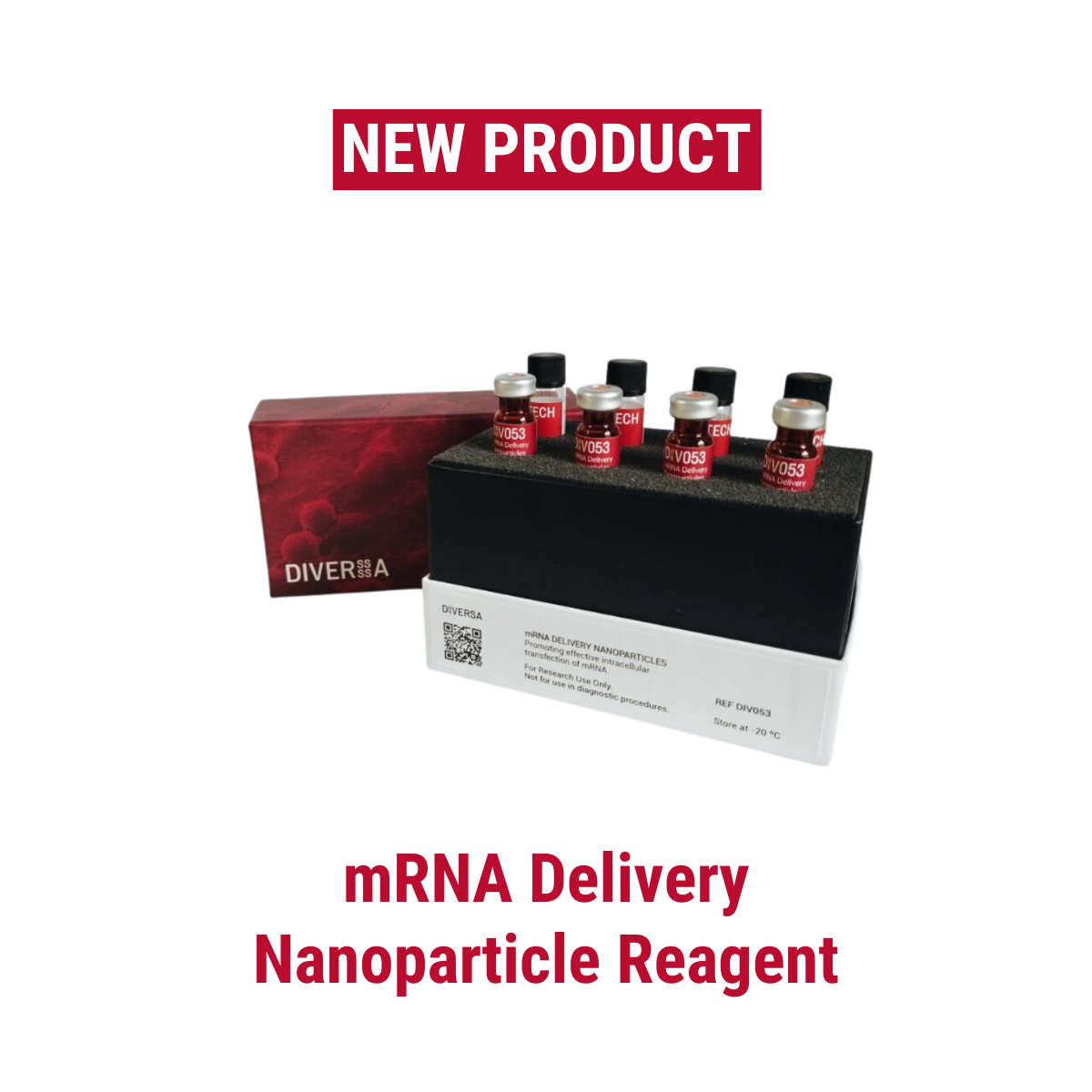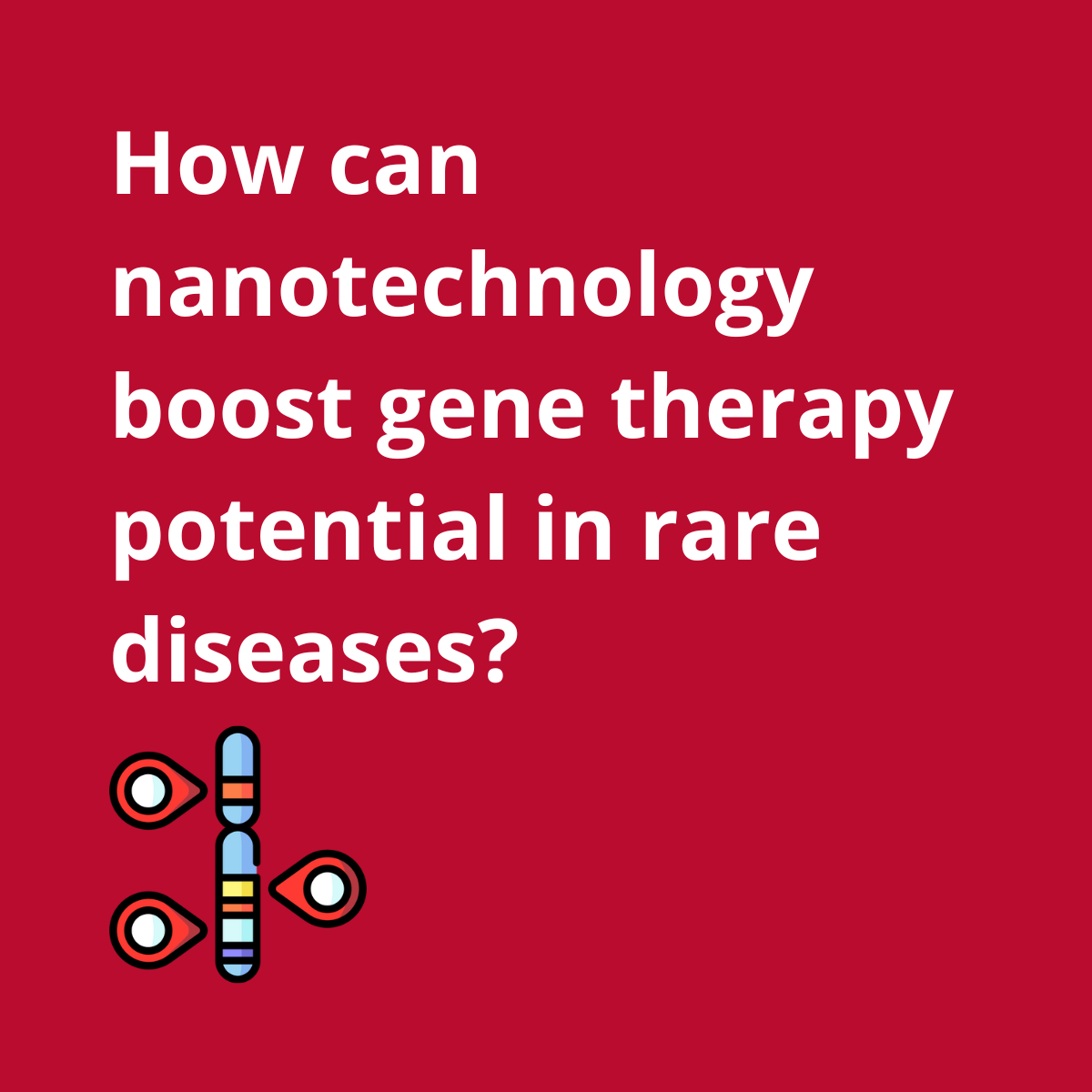Rare diseases collectively affect approximately 400 million patients worldwide [1]. Nevertheless, this number is expected to increase thanks to the rapid evolution of sequencing technologies that have identified more than 6,000 to 10,000 rare diseases [2]. However, most rare diseases still lack specific treatments, with the clinical industry traditionally focusing on developing small-molecule drugs to manage symptoms rather than cure these pathologies.
In this context, gene therapies represent a therapeutic approach highly suited for rare disease treatment, as they can potentially correct their underlying genetic defects, offering a cure rather than just symptom management.
Rare Diseases as a Prominent Application of Gene Therapy
Rare diseases are currently a significant field of application in the development of gene therapies: 46% of gene therapy clinical studies conducted in Europe between 2017 and 2023 fall within the scope of rare diseases, with 73 gene therapy medical products at different stages of development. Among them, 12 new therapies have obtained marketing authorization for 8 rare diseases [3].
The most represented therapeutic area is nutritional and metabolic diseases, followed by rare oncology, blood and lymphatic diseases, and ocular diseases.
- In oncology, the main focus is hematological cancers such as lymphoma, myeloma, and leukemia.
- For nutritional and metabolic diseases, glycogen storage disease, mucopolysaccharidosis, and Wilson’s disease are among the most studied pathologies.
- Hemophilia A and B are prominent in gene therapy research for rare blood and lymphatic diseases.
- Other diseases such as retinitis pigmentosa, spinal muscular atrophy, Duchenne muscular dystrophy, and epidermolysis bullosa also benefit from advanced stages of gene therapy development.
Lipid-Based Delivery Systems are the Best Option for Gene Therapy
Gene therapy can act on targets and mechanisms that are typically difficult to address with small molecule drugs, which include targets of transcription factors and compensation of dysfunctional intracellular proteins linked to DNA alterations. These alterations can be stopped or reversed by supplying cells with a functional copy of the mutated gene.
Gene therapy is based on delivering genetic material to a cellular target, such as DNA and RNA. One of the primary approaches for delivering nucleic acids is using viral vectors. However, many patients have preexisting immunity to the viral capsids used for this porpoise [4]. Non-viral delivery systems, such as lipid-based delivery systems, offer a promising solution for the clinical approval of more gene therapies.
At DIVERSA, we specialize in lipid nanosystems, using our safe and patented technology to associate different types of nucleic acids effectively. Moreover, our formulations allow fluorescent labeling for cell tracking, making them unique in the market.
The small size of the nanoparticles, together with a specific lipid composition, allows for an improved interaction with biological barriers and enhanced cellular uptake. In addition, the nanoparticle surface can be customized with targeting ligands or antibodies to bind to specific receptors on target cells, further enhancing the specificity and efficiency of gene delivery. This targeted approach minimizes off-target effects and maximizes therapeutic outcomes [5,6].
At DIVERSA, we are at the forefront of advancing nanoparticle technology. Our R&D efforts and know-how have led to the development of an innovative nanoparticle reagent for mRNA delivery. The technology is available to the entire scientific community in a ready-to-use format. Its delivery efficacy is comparable to already approved lipid nanoparticles for clinical application.
Furthermore, our lipid nanoparticles can be engineered to include fluorescent markers, facilitating straightforward tracking of intracellular delivery. Combined with its rapid intracellular delivery, scalability, and stability, our nanoparticle formulation provides a user-friendly, fast, and efficient solution for mRNA delivery.
Contact us or send an email to sales@diversatechnologies.com if you want to benefit from our expertise and know-how to deliver your gene therapy!
References
- Global Genes. California (United States). Global Genes: RARE Disease Facts. [cited 28th Mar 2024]. Available at: https://globalgenes.org/rare-disease-facts/
- Farnaes, L.; Hildreth, A.; Sweeney, N.M.; Clark, M.M.; Chowdhury, S.; Nahas, S.; Cakici, J.A.; Benson, W.; Kaplan, R.H.; Kronick, R.; et al. Rapid Whole-Genome Sequencing Decreases Infant Morbidity and Cost of Hospitalization. NPJ Genom Med 2018, 3, 10, doi:10.1038/s41525-018-0049-4.
- 2017-2023: State of the Art of Gene Therapies in Rare Diseases in Europe: The Dynamics of Clinical R&D, New Approved Treatments and Expected Therapies in the Pipelines. Rare Disease and Orphan Drugs Journal 2023, 2, null-null, doi:10.20517/rdodj.2023.29.
- DIVERSA Technologies. Galicia (Spain). DIVERSA Technologies: EXPLORING THE PROMISE OF GENE THERAPY AND THE ADVANTAGES OF mRNA-BASED APPROACHES. 31st Aug 2023; [cited 14th Sep 2023]. Available at: https://www.diversatechnologies.com/exploring-the-promise-of-gene-therapy/.
- Taina-González, L.; de la Fuente, M. The Potential of Nanomedicine to Unlock the Limitless Applications of mRNA. Pharmaceutics 2022, 14, 460, doi:10.3390/pharmaceutics14020460.
- Parhiz, H.; Atochina-Vasserman, E.N.; Weissman, D. mRNA-Based Therapeutics: Looking beyond COVID-19 Vaccines. The Lancet 2024, 403, 1192–1204, doi:10.1016/S0140-6736(23)02444-3.


